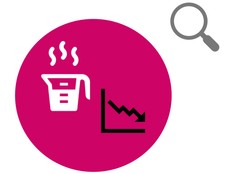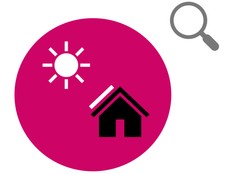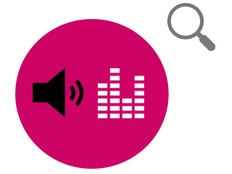Passo 1: Preparar
O que é?
Complete um circuito elétrico usando seu corpo, os corpos de seus amigos e seu BBC micro:bit.
Este projeto foi desenvolvido em parceria com a White Rose Science para professores de ciências e permite aos alunos compreenderem como a energia pode ser transferida por circuitos elétricos e quais os tipos de materiais que conduzem energia. Os alunos também podem aprender sobre o uso de sequências, seleção e repetição em programas de computador, e sobre várias formas de entrada e saída de dados.
Este vídeo explica como o projeto funciona e como realizar o experimento.
Como funciona:
- Dois cabos com clips de garras jacaré são conectados ao pino de aterramento e ao pino 1 do micro:bit.
- Você segura as outras extremidades dos cabos com ambas as mãos para permitir que uma corrente elétrica flua através de você, ou faz o mesmo com um grupo de amigos de mãos dadas.
- Quando o circuito estiver completo, uma figura feita de palitos aparece na tela de LED do micro:bit e um som é reproduzido.
Itens necessários:
- Um micro:bit;
- um conjunto de baterias
- Dois cabos garra jacaré.
Passo 2: Investigar
- Baixe o arquivo hexadecimal e coloque o programa em seu micro:bit. Não é necessário você mesmo escrever o programa deste projeto para realizar o experimento, mas se tiver interesse em programá-lo, visite a seção "Etapa 3: Programar", na seção abaixo).
- Conecte um pack de pilhas ao micro:bit.
- Conecte dois cabos de garras de jacaré ao pino de aterramento e ao pino 1 do micro:bit.
- Segure as outras pontas dos fios em cada uma das suas mãos para formar um circuito ou dê as mãos em um círculo com seus amigos. Quebre o círculo em um ponto. Uma pessoa deve segurar a extremidade do fio com clip de jacaré conectado ao pino 1 e outra pessoa deve segurar a extremidade do fio conectado ao pino de aterramento, para formar um circuito fechado.
- Quando um circuito elétrico é formado, uma figura feita de palitos aparece na tela de LED do micro:bit e um som é reproduzido. Caso contrário, a tela de LED é apagada e nenhum som é reproduzido.
Etapa 3: Programar
Assista a este vídeo para descobrir como programar o projeto:
Se você estiver interessado em modificar o programa para este projeto, clique em um dos botões abaixo:
This content is published under a Creative Commons Attribution-ShareAlike 4.0 International (CC BY-SA 4.0) licence.



